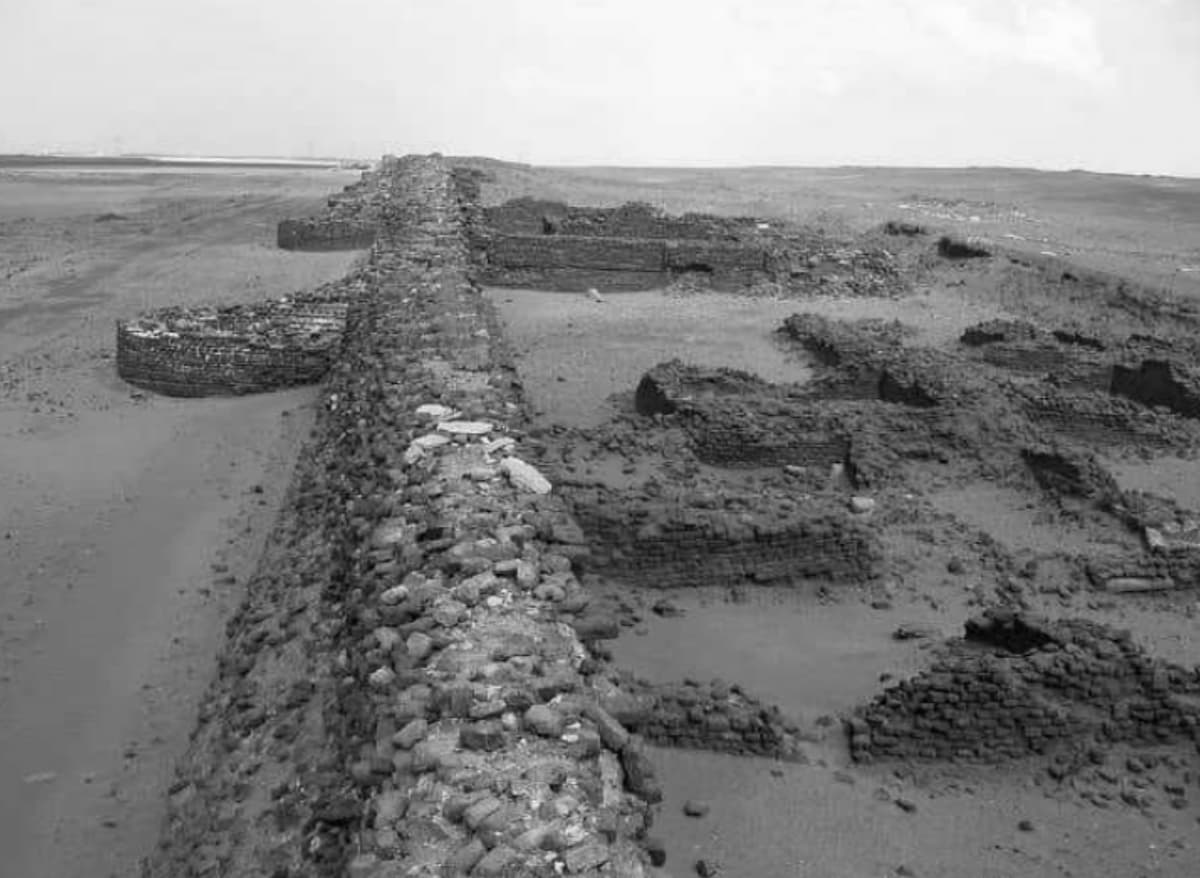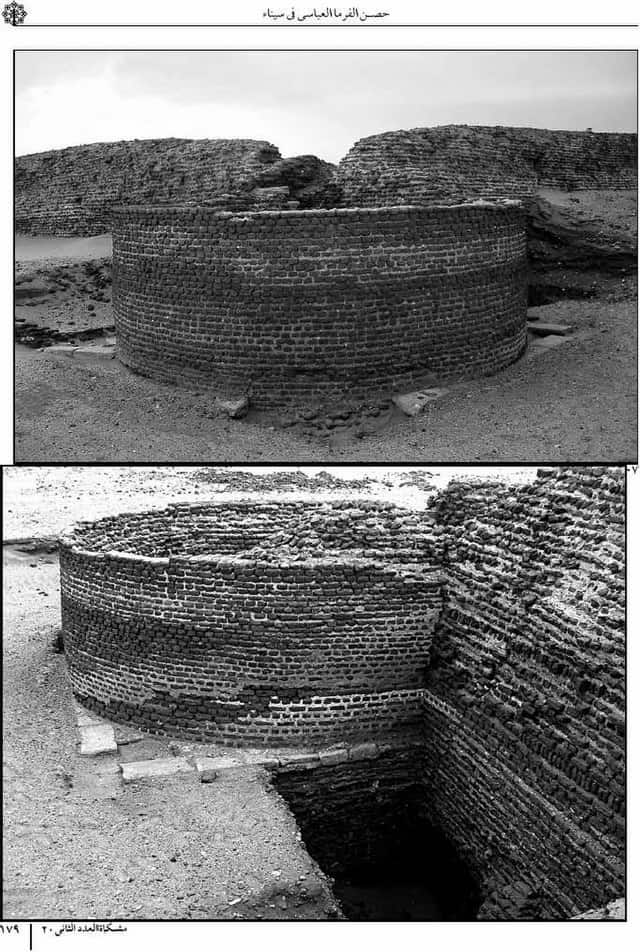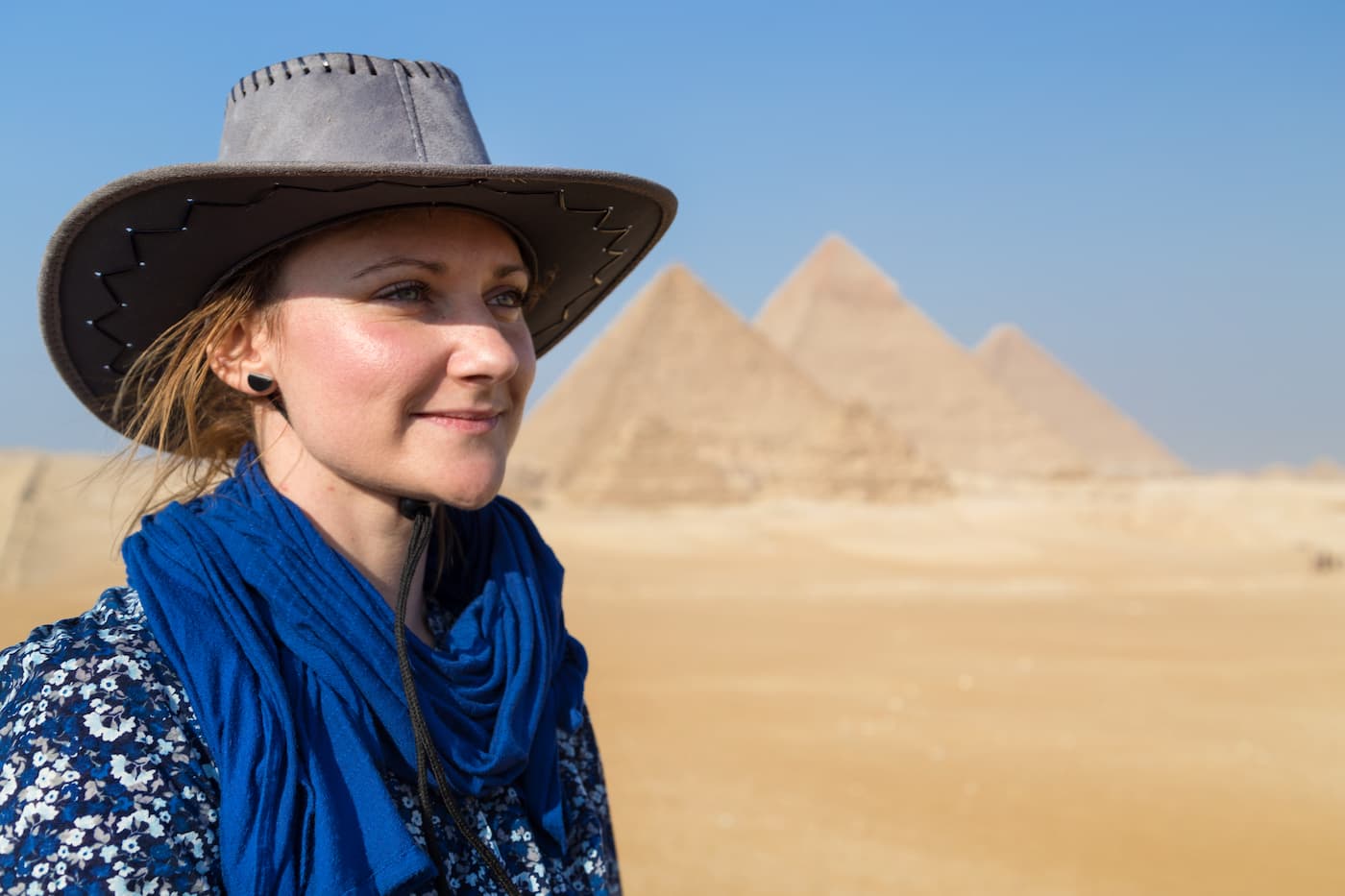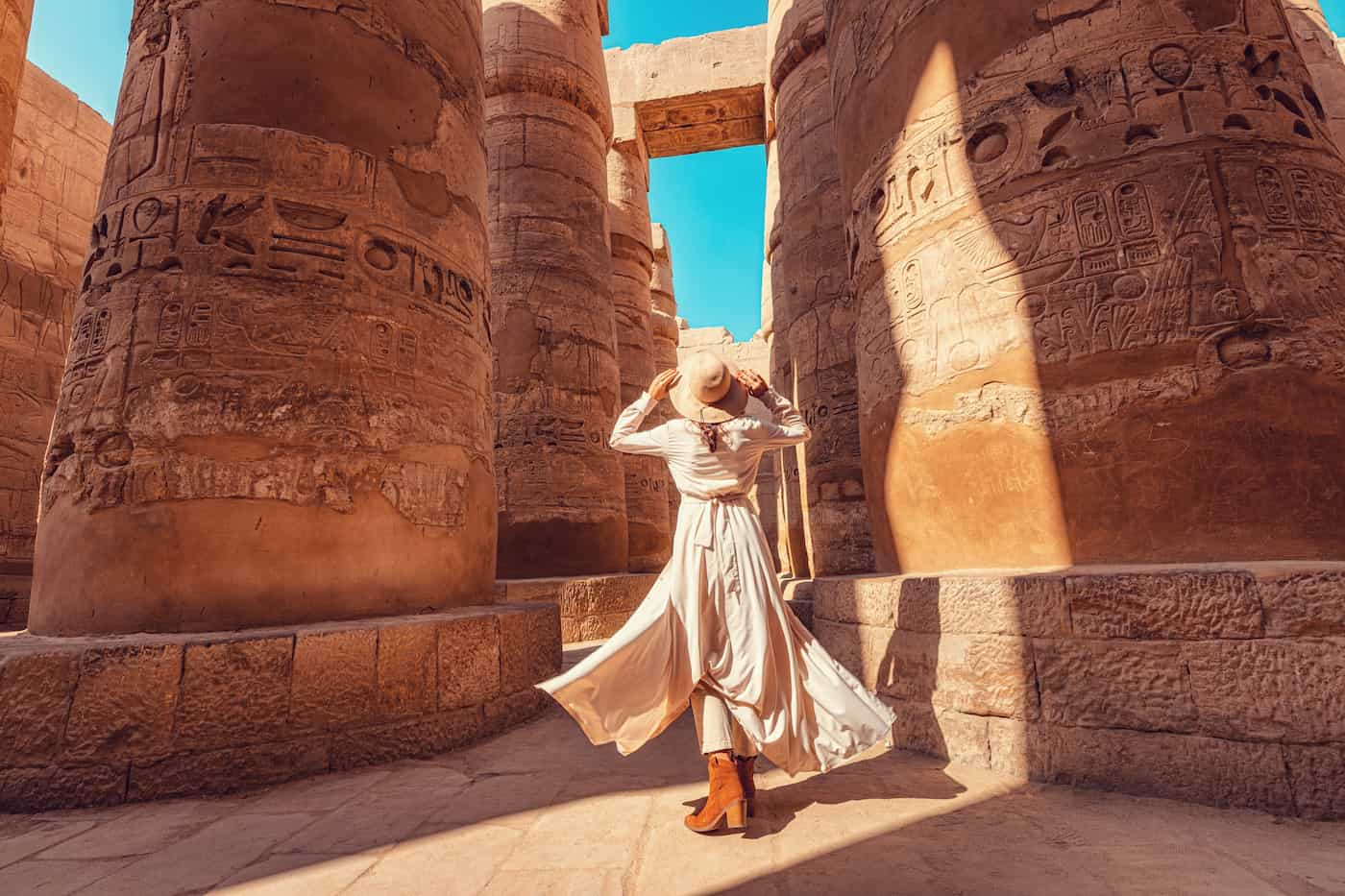Pelusium, Egypt – Gateway to the Nile Delta
Among the most important of ancient Egyptian cities, there was a city famous by the name Pelusium, located in Egypt, right on the edge of the eastern part of the Nile Delta, where the river Nile joined with the Mediterranean Sea. This city also had another intriguing name, that is “the gate of Egypt”, for Pelusium fortified the eastern border, which was very vulnerable to being attacked. It was because of this that the city was the main venue for trade, agriculture, and defense. It was a place where many larger armies almost always had to move through, since any army from Asia had to pass via Pelusium into Egypt, which is why it had undergone many battles.
Names of Pelusium in History – From Per-Amun to Pelousion
The name of the city was Pelousion in Greek since the word came about from the Greek word meaning “muddy” as it talks about the Delta, in which its soil is rich in silt. This name was given to the ancient city by the Egyptians and was recorded in their reports as Per-Amun, meaning “the House of God Amun”. There have also been successes reported in the old temple, fort, and housing structures of the flourishing metropolis of Pelusium.
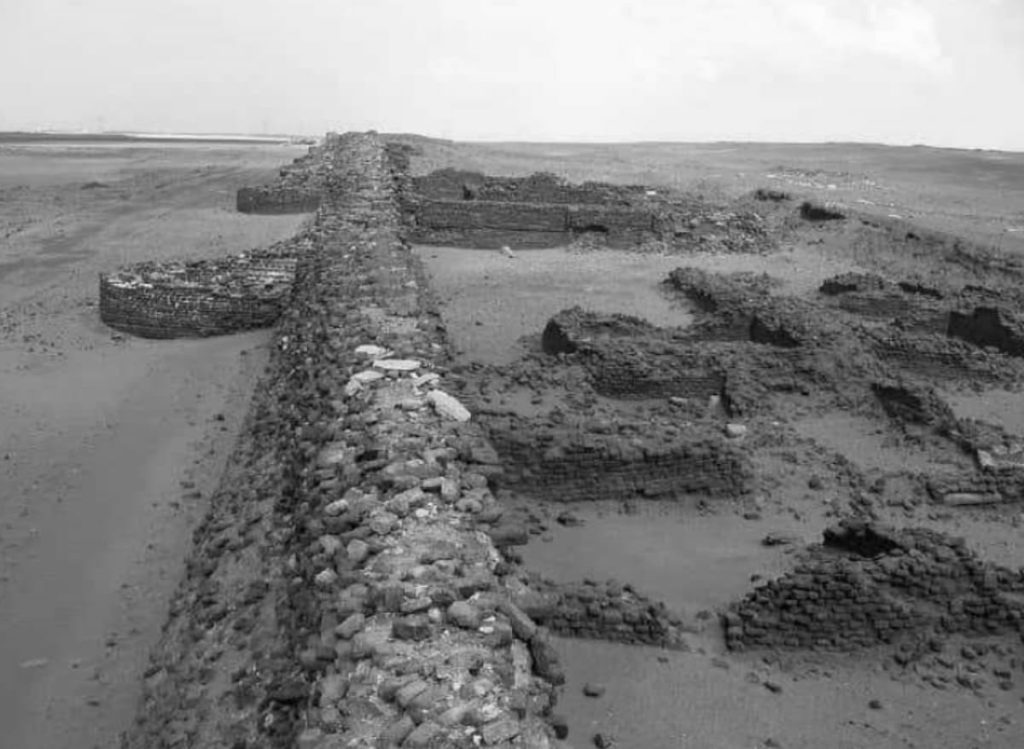 Pelusium Egypt
Pelusium Egypt
The Battle of Pelusium in 525 BC, in which Cambyses II, the Persian king, defeated Pharaoh Psamtik III’s Egyptian army, is among the famous occurrences in Pelusium. Historical records suggest that the Persians, who were chasing the Egyptians, used sacred animals, specifically cats, as shields; therefore, Egypt’s defeat should not be a surprise. This event, which is also known by the implication of the term as the cats’ war, is one of the most remarkable and symbolic wars in history.
Today, the remains of Pelusium are near the modern town of Port Said. Most of the city has disappeared under sand, and visitors can see some parts of its walls, theaters, and churches from later periods. For tourists and admirers of the past, Pelusium acts as a recollection of the contribution of Egypt as a multiracial crossing and as a war zone in ancient times.
Pelusium’s Strategic Role in Trade and Defense
The history of Pelusium dates back to ancient times. It is famous that the city was a strong Memphis fortress that protected Egypt’s Eastern borders. The city’s location at the Nile Delta’s entrance allowed it to wield economic hegemony over the trade routes between Egypt, the Levant, and the Mediterranean. Caravans and vessels that convey such commodities as grain, even papyrus flour, through the city were a common sight in the old days. This heavy trade led to the increasing wealth and development of several centers of culture in Pelusium.
Pelusium in the Hellenistic, Roman, and Byzantine Periods
Sometimes it seems that it just has to be a city that has conflict. In 525 BC, one of the famous battles of Egypt’s defeat, the Battle of Pelusium, took place on the city’s stage. The Persian king Cambyses II led his army into Egypt to confrontHerodotus. The Persians had adopted the unusual and cunning strategy of using cats and other animals sacred to the Egyptians as a shield. As the Egyptians, honoring such animals, refused to harm them, they consequently fell into a state of disarray and thus allowed the Persians to take the city. The battle thus gained the moniker of the “War of Cats.” The defeat thus ushered in the beginning of the Persian rule in Egypt.
Pelusium proved to be important in military terms over the years. In the Hellenistic and Roman eras, the city remained a defensive citadel situated at the eastern end of the empire. The Roman writers note its role in repelling invasions to Egypt. Once again, in Byzantine and early Islamic times, Pelusium stayed an inhabited fort, but it started losing its entrenching properties as trade routes were displaced. Its rich history and the alterations in the topography of the Nile Valley could not prevent the ruins of Pelusium from containing multiple historical layers.
Archaeological Ruins and Cultural Legacy of Pelusium
While its mud brick walls may be many-layered, the ruins include a theater from the Roman period, as well as churches of the Christian epoch, which attests to the diversity of cultures that were present in the history of the site. The long history, in which Pelusium has been acting both as a point of entry and as an area of conflict, explains why the ancient town acquired the epithet “The Key of the Nile”.
Battle of Pelusium, Egypt – The War of Cats
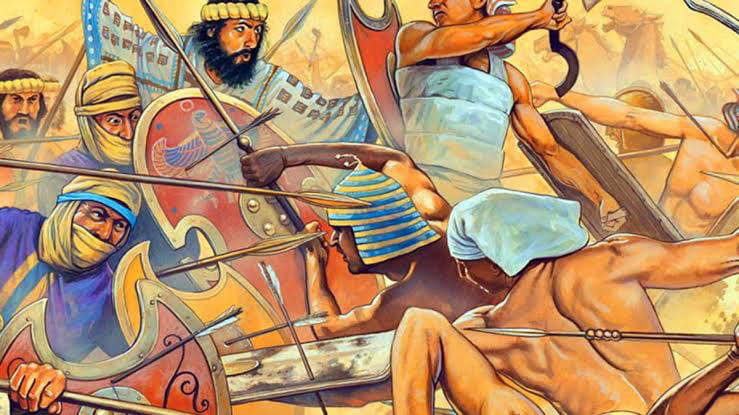 Battle of Pelusium
Battle of Pelusium
The Battle of Pelusium of 525 BC will go down as one truly bizarre episode in ancient warfare. It was waged at the fortified city of Pelusium, which formed the eastern front of Egypt. The Persian king Cambyses II led his troops against Pharaoh Psamtik III in a campaign to decide whether Egypt would remain independent.
The Greek historian Herodotus relates the astonishing tactic employed by the Persians: because Egyptians considered cats sacred and associated them with the goddess Bastet, Cambyses actually ordered his troops to carry cats with them, and to paint animal figures on their shie
lds. The soldiers of Egypt found themselves confronting the dilemma of harming animals they worshipped in some sense, and so hesitated. The hesitation broke their defensive line and gave the Persians an immediate advantage. Thus began the so-called “War of Cats.”

The Persians took Pelusium after their victory and advanced toward Memphis, thus ending Psamtik III’s short reign. This was the beginning of the first Persian domination of Egypt. The tale reveals the Egyptians’ spiritual attachment to animals as well as Cambyses’ ingenious stratagem.
Excavation near Pelusium has come across evidence of mass graves and fortifications, perhaps linked to the battle. While certain historians questioned some finer points of Herodotus’ version, the very fact remains that the fall of Pelusium heralded centuries of foreign domination in Egypt.
The Battle of Pelusium is forever etched as a unique example of Egypt’s border vulnerability and the presence of religion in warfare. By turning sacred animals against their enemies, the Persians weaponized the beliefs held by the Egyptians, embedding the battle forever in ancient Egyptian lore.
Pelusium’s Role in Trade and Defense
More than a battleground, Pelusium was among the most strategically important cities in Ancient Egypt, situated at the eastern tip of the military base, and a flourishing center of commerce.
The place was so that armies passing into Egypt through Sinai and the Levant could be stopped. Armies marching between Asia and Africa frequently found themselves compelled to put down arms in the vicinity of Pelusium, thus making it a convenient point of defense. Ancient texts talk of a very strong fortification that resisted attacks for centuries. Such was the inspiration to the Persian conquest; empires such as that of the Greeks, Romans, and Byzantines all considered Pelusium an important garrison town.
There was something equally important; goods husbanded through Pelusium from Asia were flowing into Egypt in one direction, whereas Egyptian grain, linen, and papyrus were going in the opposite direction. This way, Pelusium was the nerve center and put together markets of the Mediterranean with the Red Sea and beyond. The city prospered in times of peace due to the port and its location on trade routes.
Finds in the region include traces of walls, remnants of temples, and mosaics. It is testimony to the metamorphosis of cultures crossing this city throughout antiquity. Roman sources record that it was supplying grain to Alexandria and throughout the empire.
The Decline of Pelusium in Ancient Egypt
The emergence of new routes dealt quite a blow and saw its unfortunate decline in later centuries. However, the town had a very important factor as Egypt’s “Eastern Gate”. Fortification plus >trade ensured the city stood as one of the most critical cities on Egypt’s frontier for over a millennium.
Religious and Cultural Importance of Pelusium
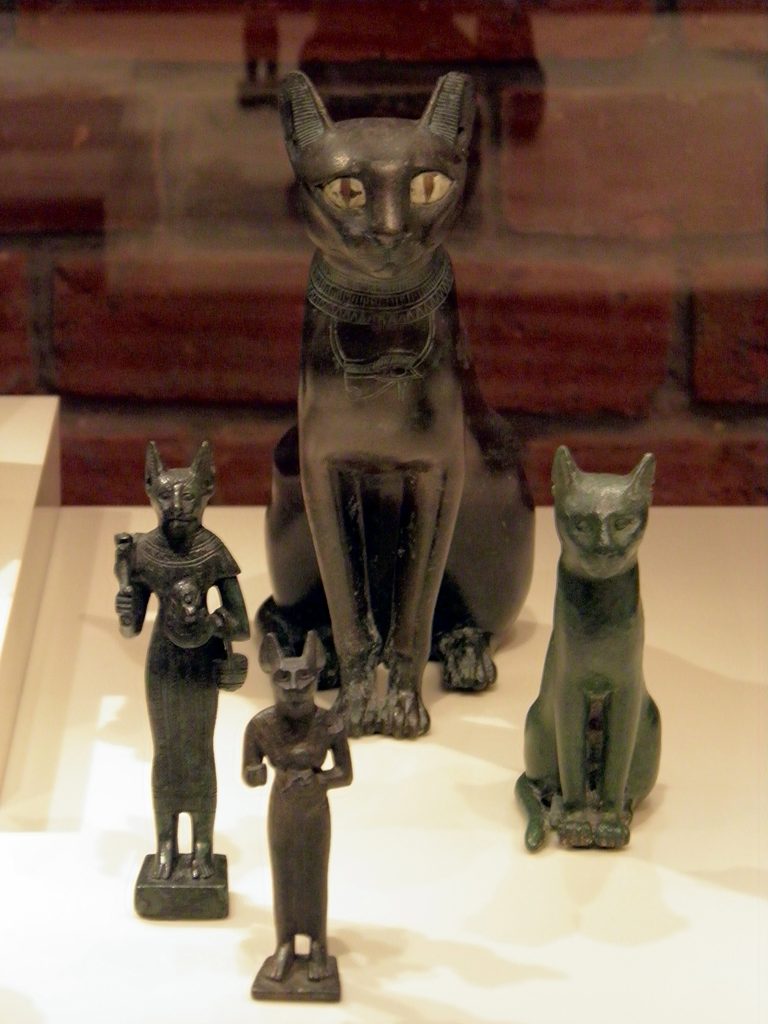 OLYMPUS DIGITAL CAMERA
OLYMPUS DIGITAL CAMERA
Pelusium was a military and trade center, but also a place of strong religious and cultural influence. Egyptian god temples and shrines stood along later Greek and Roman sanctuaries-the city straddled civilizations.
Horus, the god of protection and kingship, found one of his major cult centers here. Given that Pelusium lay on the frontier, the Egyptians felt natural in regarding their god Horus as the guardian force. There are also remains suggestive of temples to local Nile gods and fertility cults connected with the fertile lands of the delta.
New cultural traditions found their way into Pelusium during Greek and Roman times. There continued to be festivals and gatherings with Egyptian and Hellenistic traditions being together. Artifacts like mosaics and inscriptions speak of mixed languages and styles that point toward social diversity.
The town had also gained a role in Christian things. In the Byzantine period, it had become the seat of a bishop and had many churches. Texts refer to monks and scholars in the region, thus making it a center for early Christian thought in northern Egypt.
Being a cultural bridge, the city found traces of ideas coming from the ancient world and the Near East and traveling along with art and practices: first through traders and then soldiers, pilgrims, and so forth. Each wave gave another imprint upon the terrain identity of Pelusium.
Thus again, militarily, economically, and religiously, Pelusium had become more than just a border city; it was the gate through which Egypt entered external cultural contacts.
The very presence of gigantic theaters and baths indicates that there was more than a military town-the city was vibrant with life and culture. The remains, with clear Greek and Roman influences, affirm the city’s importance as a bridge between Egypt and the Mediterranean.
There is also a witness to the traces of battle here at Pelusium. In 525 BC, the Persians defeated the Egyptians there. These historical references and the findings at the site keep forever etching this conflict in human memory. The famous story of Persians using cats in battle, or “War of Cats,” continues to stir curiosity about the city’s past.
Pelusium is—today—regarded as one grand open-air historical scrapbook of Egyptian history. The ruins say a lot about the shifting nature of this city in the capacities of fort, port of trade, and center of culture. In the very stones lie reminders of how much geography and politics shaped the fortunes of Egypt for innumerable centuries.
Conclusion
More than just a frontier town in Egyptian history was Pelusium. It served as the locale where armies met, traders and cultures intertwined. The city has left an indelible imprint on Egyptian history through its contributions to the well-known Battle of Pelusium as well as its contributions as a fortress and commercial center. The archaeological remains tell the story of the temple and theater with its formidable defensive walls. Now that Pelusium lies in ruins, it continues to attract historians and visitors alike, keen on studying Egypt’s ancient history. It stands abreast to tell-tale rivers of how geography marked the passage of world-building nations along with the Red Sea and Mediterranean Gallery.

